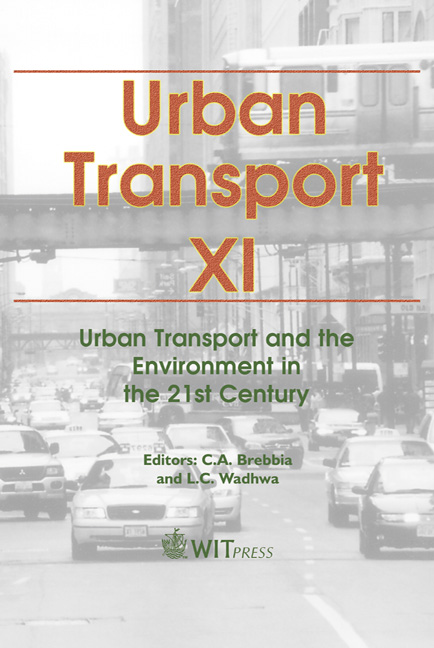A Mathematical Model For Distribution Of Air Transport Demand: The Case Of The Sardinian Network
Price
Free (open access)
Transaction
Volume
77
Pages
10
Published
2005
Size
847 kb
Paper DOI
10.2495/UT050651
Copyright
WIT Press
Author(s)
R. Devoto & N. Rassu
Abstract
How can we quantify the imbalance of a transport network due to uneven flow distribution over its links resulting from the discounted air fares offered on certain routes? How can we, starting from this critical situation, create a balanced network configuration by means of a methodological approach making the network more attractive for users by improving accessibility to all destinations? This paper provides an answer to these questions and is based on advanced optimization techniques, that is to say on a linear programming model applied to a network structure including certain commodities. From an operational point of view, the problem has been studied by representing each origin/destination pair by means of a network of nodes and links; within this network, after finding the objective function and its constraints, we studied flow configuration, on all links, minimizing the value of the objective function; thus the decisional variables of the proposed model are the number of passengers in transit on each network link and cost coefficients are associated airfares which, for the purposes of simplification, have been considered as the only impedances to link haul. The problem was solved by means of the classic simplex method and as solver we used LINDO 6.01. Keywords: air traffic, airports, mathematical models, linear programming model, networks, traffic congestion, traffic flow, demand, supply, fares. 1 The problem under examination The purpose of this paper is to analyse air passenger transport in Sardinia in a system of territorial continuity, in particular we wish to determine, with
Keywords
air traffic, airports, mathematical models, linear programming model, networks, traffic congestion, traffic flow, demand, supply, fares.





